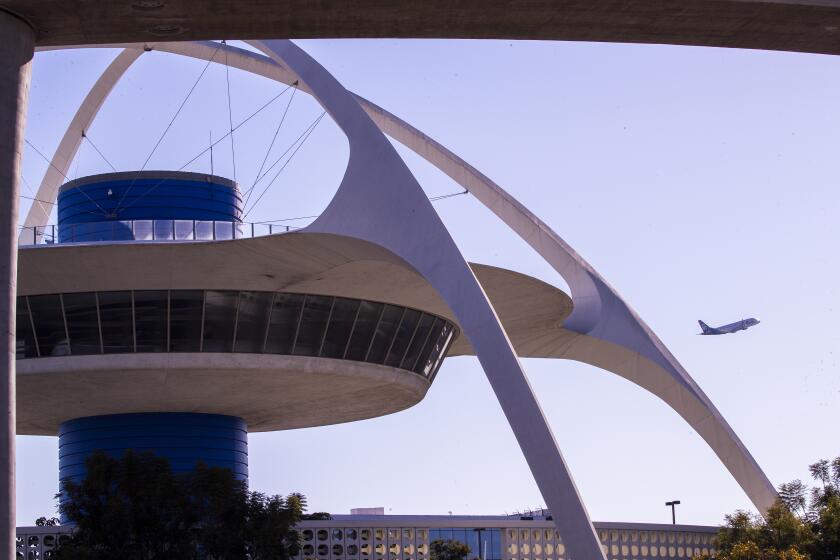Thousands of Central Valley farmers may lose access to surface water amid worsening drought

As California endures an increasingly brutal second year of drought, state water regulators are considering an emergency order that would bar thousands of Central Valley farmers from using stream and river water to irrigate their crops.
On Friday, the State Water Resources Control Board released a draft “emergency curtailment” order for the Sacramento-San Joaquin Delta watershed. The measure, which was first reported by the Sacramento Bee, would bar some water rights holders from diverting surface water for agricultural and other purposes.
The proposed regulation underscores just how dire matters have become as drought squeezes the American West.
“It says that this drought is really severe,” said Erik Ekdahl, deputy director of the state water board’s Division of Water Rights. The water board will consider the order’s approval on Aug. 3. If approved, it would go into effect about two weeks later at the earliest, Ekdahl added.
“This is probably the first time the board has contemplated curtailment orders for the entire bay delta watershed,” Ekdahl said. Some notices of water unavailability were sent out to water rights holders in the delta watershed during the 2014-15 time period, but this type of sweeping, formal order was not utilized, he said.
If approved, the order would be implemented first with junior water rights holders, then more senior water rights holders, and then the most senior. According to Ekdahl, the board believes that more than 10,000 water rights holders would be affected, with their water largely being used for agricultural irrigation purposes. Some municipal, industrial and commercial entities could also be affected.
The proposed regulation would carve out an exemption for health and human safety purposes, meaning that water for drinking, bathing and domestic purposes wouldn’t be subject to the curtailment. In mid-June, the board issued a notice of water unavailability — which urges, but does not order, people to stop diverting water — to many rights holders.
The proposed emergency regulation comes at a time when the primary Northern California reservoirs that feed into California’s lakes and streams are at about 30% of capacity, Ekdahl said. Unusually warm temperatures and dry soils have contributed to reductions in runoff from the Sierra snowpack. The water board has characterized the reductions as “unprecedented.”
According to a water board presentation, projections for this year’s conditions degraded significantly between April and May, when watershed runoff decreased by nearly 800,000 acre-feet — an amount that is nearly equivalent to the entire capacity of Folsom Reservoir.
“We’re in an extreme drought that’s come on extremely fast,” said Felicia Marcus, water policy expert and former state water board chair. According to Marcus, the proposed emergency regulation shows that the water board is working as it should to allocate water during the shortage.
“In theory, it’s a math thing. You’re looking at how much water is in the water course and if there’s not enough to meet all the water rights, then you issue curtailment notices and orders,” Marcus explained. “That’s the way the water rights system is supposed to work.”











